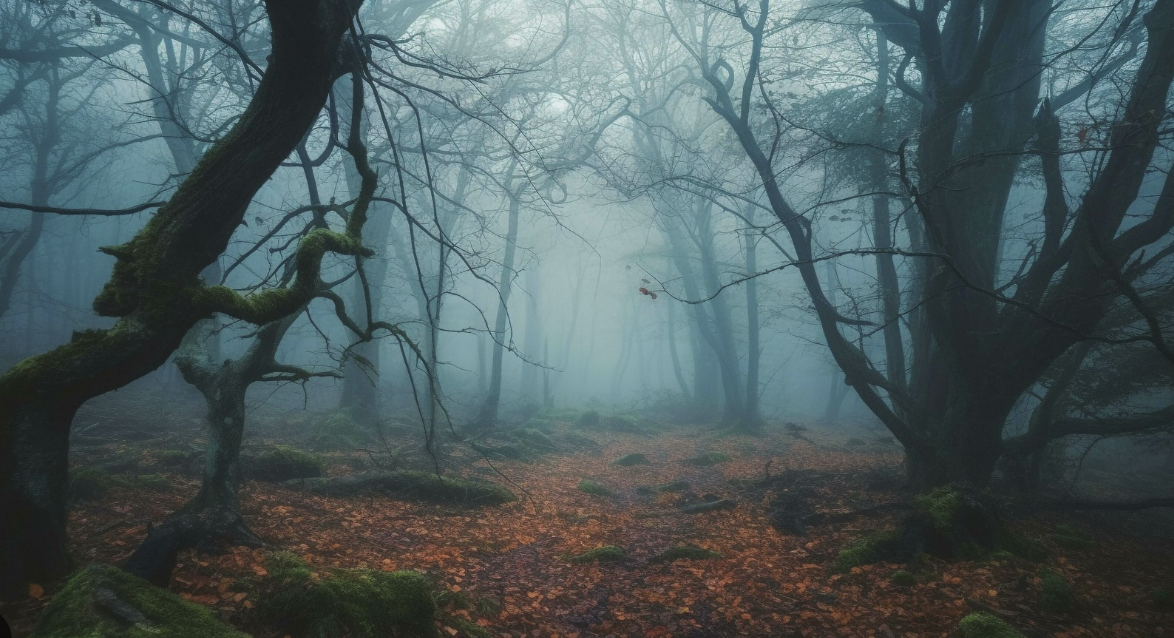
Mysterious Stories Blog
Strange, disturbing and mysterious stories from the outdoors
The mysterious tree fall near Lake Quinault in Washington

Revised January 2024
In the early hours of January 27, 2018, more than 100 trees suddenly and mysteriously fell in an area on the north side of Lake Quinault on the Olympic Peninsula in Washington State.
Some large trees fell while others snapped at the base like twigs. It was almost like a giant troll had run amok in the forest, something out of Tolkien’s Lord of the Rings.
The tree fall was so massive that it was picked up as seismic activity by a local monitoring station, helping to confirm the timing.
The cause of the tree fall still stirs controversy amongst scientists, meteorologists, and lovers of nature and the supernatural.
Where is and what is Lake Quinault?
Lake Quinault is a lake on the Olympic Peninsula in western Washington state. It is located in the glacial-carved Quinault Valley at the southern edge of Olympic National Park. The Quinault Indian Nation owns it, and the south side of the lake features a system of short hiking trails maintained by the U.S. Forest Service that are accessible to casual day hikers. The North side of the lake is mainly privately owned housing. The area receives an average of 12 feet of rain each year.

The Quinault Valley is known as the “Valley of the Rainforest Giants”, with six champion conifer trees recognized by the National Forestry Association as the largest living specimens of their species. These giants have only the redwoods and sequoias to look up to. These include the largest Red Cedar, Sitka Spruce, Douglas Fir, Yellow Cedar, Mountain Hemlock, and Western Hemlock.
The World’s Largest Spruce in the area of the Quinault Valley is 191 feet tall and 58 feet in circumference. It is estimated to be at least 1000 years old.
What caused the Quinault Valley Tree Fall?

What caused this massive tree fall in Olympic National Park has thrown up all sorts of explanations. Both weather-related and some more supernatural.
Meteorologists have proposed that a microburst was responsible for the tree fall, but there is skepticism that the winds from such an event would be sufficient to topple the giant trees in the area. To snap such big trees would take winds of at least 70-80 mph—maybe more.
At the time the tree fall occurred, 1.26 am, radar indicated that there was "no hint of instability and thunderstorms" typical during episodes of microbursts, defined by the National Weather Service as "a localized column of sinking air (downdraft) within a thunderstorm and is usually less than or equal to 2.5 miles in diameter. Microbursts can cause extensive damage at the surface, and in some instances, can be life-threatening."
A frontal zone approached the area at the time with warm air and southerly flow surging in aloft, while cooler easterly flow dominated near the surface. Washington commonly experiences fronts like this that bring high winds, but they don't produce extreme local blowdowns, weather.com meteorologist Chris Dolce noted.
Others have theorized that it could have been a portal event, where two dimensions meet at a particular moment in time. Some have even suggested that a giant Sasquatch or troll was involved.
Exclusive articles for members of StrangeOutdoors that are not available elsewhere on the site.
See the latest Exclusive members-only articles on StrangeOutdoors.com
Sources
http://www.quinaultrainforest.com/pdf/GIANTSpg.pdf
https://en.wikipedia.org/wiki/Lake_Quinault
https://weather.com/news/news/2018-02-08-mystery-100-trees-fall-northwest-washington#:~:text=More%20than%20100%20trees%20fell,trying%20to%20figure%20out%20why.
RECENT BLOG POSTS

